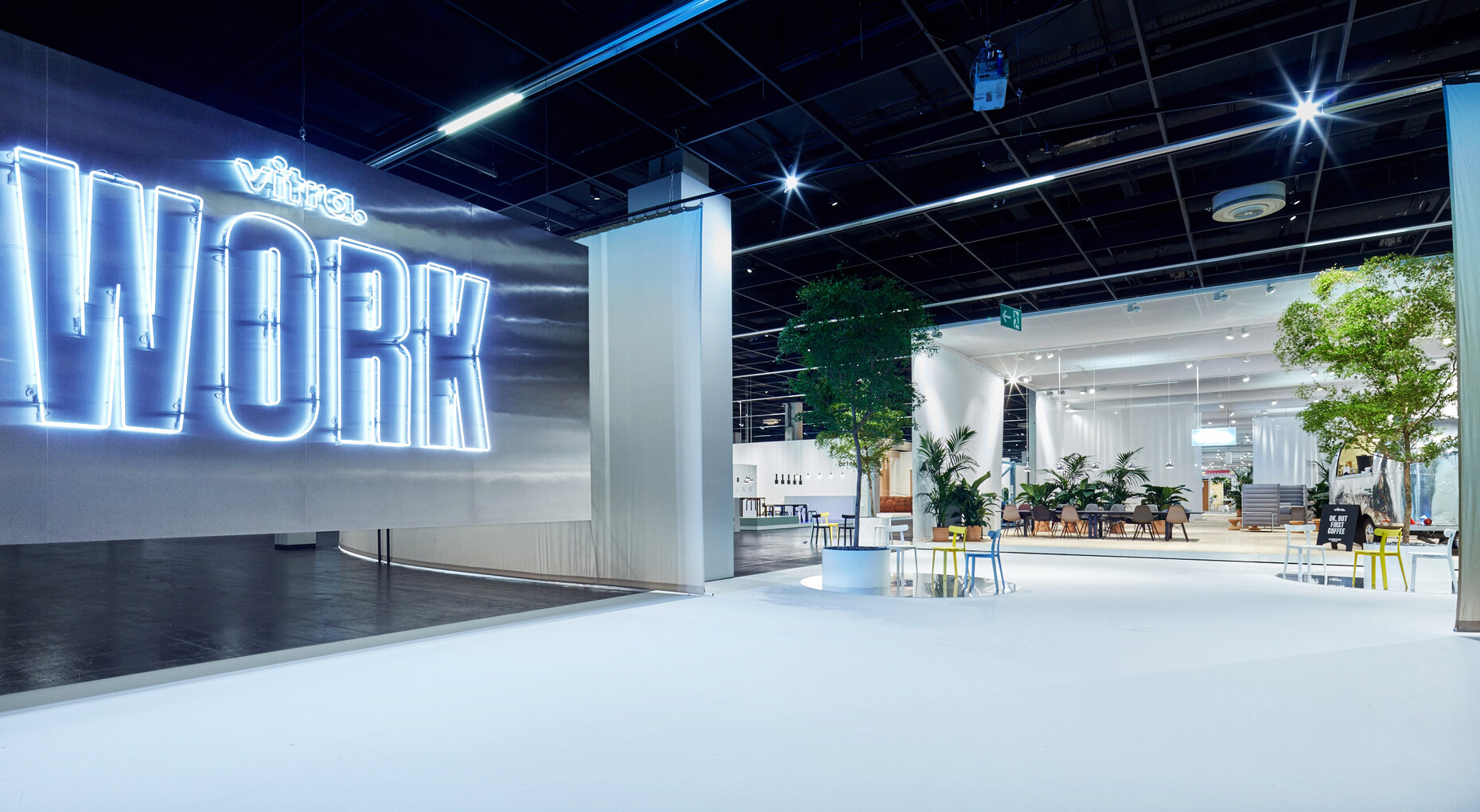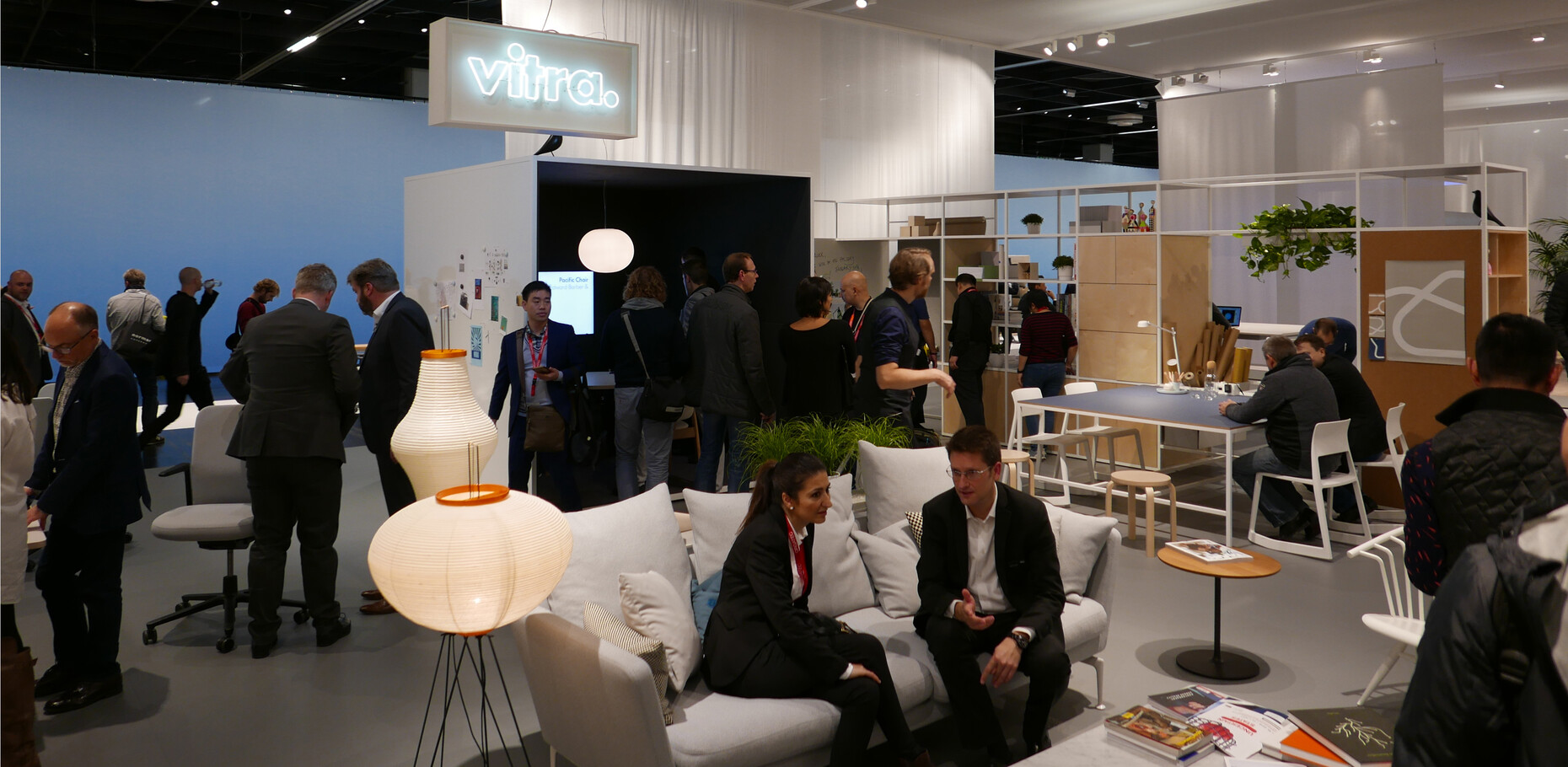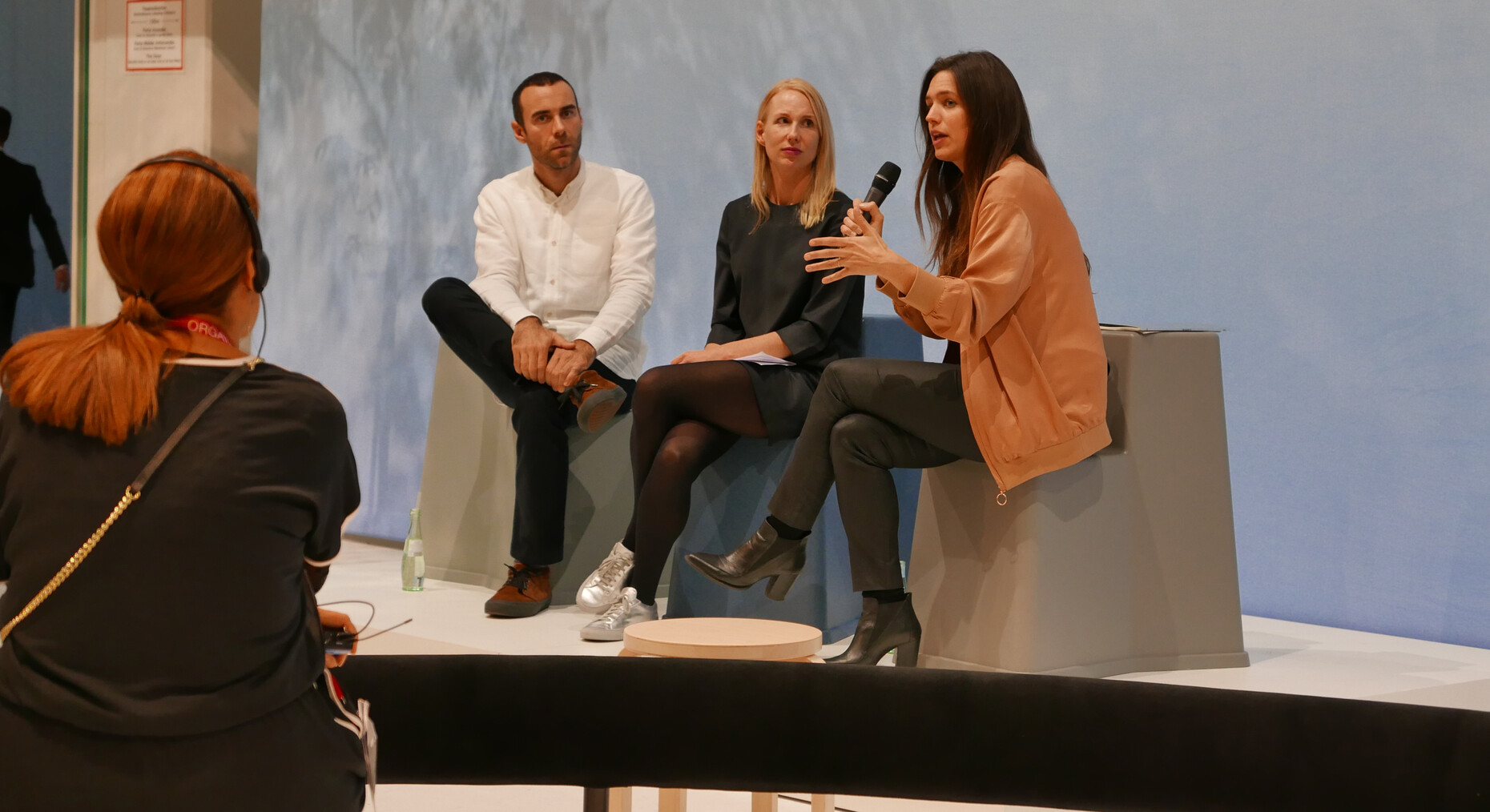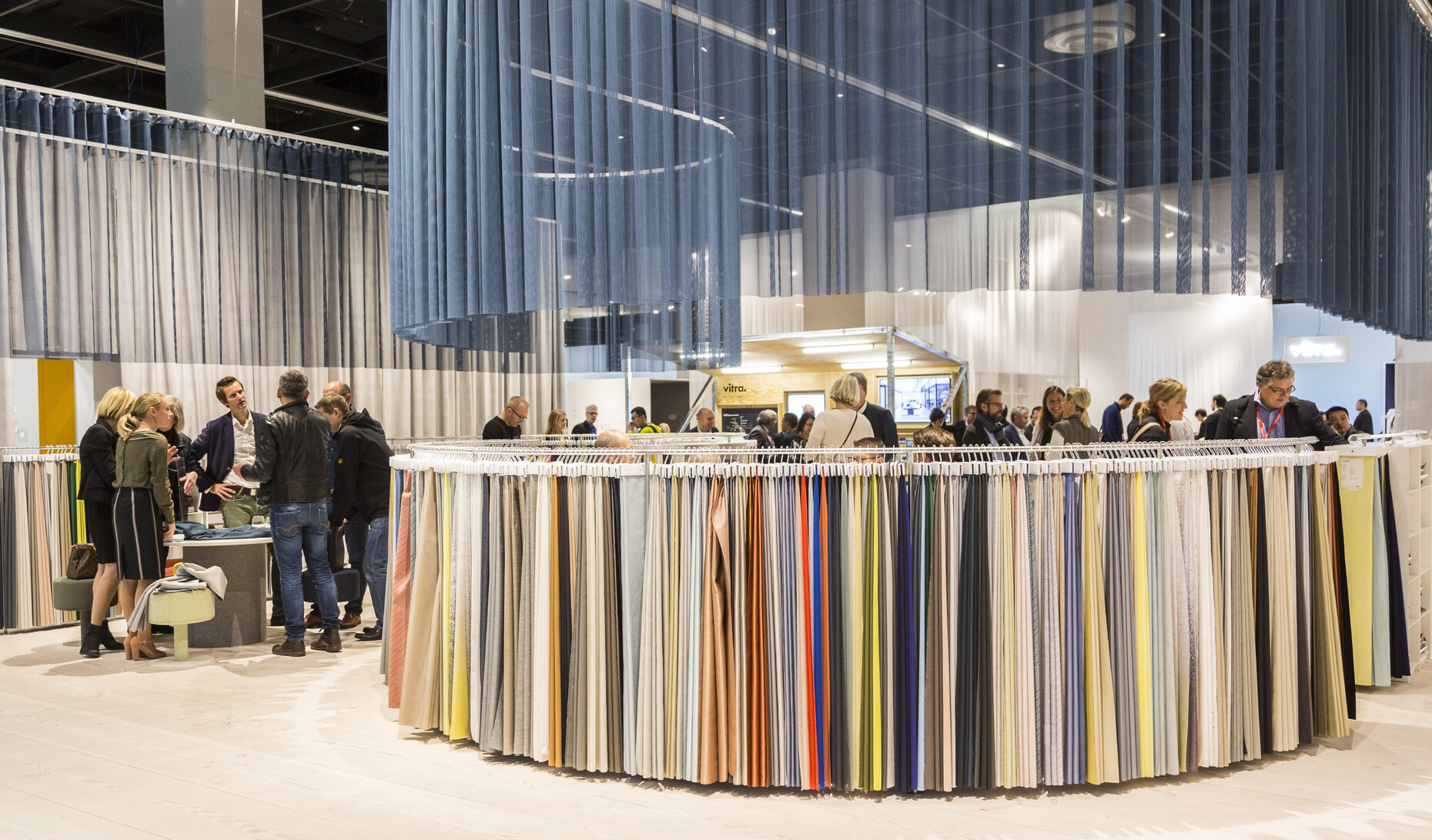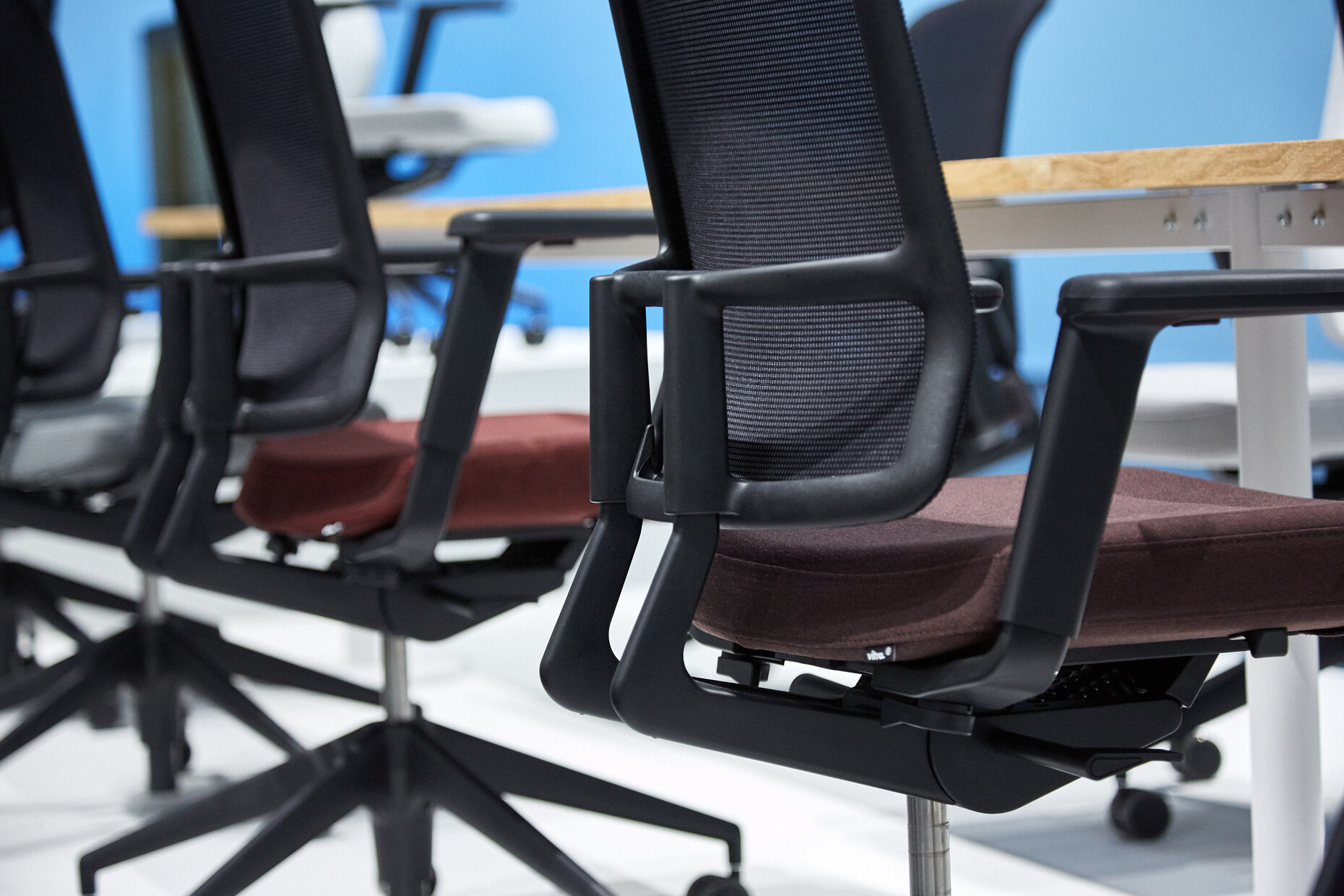Orgatec 2016
Office living
From the time industrialization found its feet in the 19th century, the office was a place of order and stable relationships. Mirroring factory conveyor belts, repetition and uniformity of actions were to ensure accountability and progress. To outsiders the office and its occupants, the bureaucrats, appeared as figures of respect, but also always somewhat removed from reality. When in the early 20th century Max Weber analyzed the characteristics of bureaucracy, he observed the “rational cultivation of interests” within “the limits imposed by legal regulations” and “according to generally definable principles.”
The paradigm shift that has taken place since was described by sociologist Zygmunt Bauman in 2000 as follows: “Work has altered its location from the universe of order and control of the future to the realm of play. (…) Like other activities in life, work is now primarily of aesthetic importance. People expect work to be satisfying, expect individual rewards, nobody bothers to ask about the real or possible impact their own work might have for their brothers and sisters – in the spirit of humanity.” According to Bauman the transition from “solid” to “light Capitalism” is in keeping with a “liquefaction” in all areas of life. Existing structures and sets of rules are eliminated, written off, or at least revised and composed afresh. Whether the legitimizing power of the office will have a future or not is just as open as the question of what this future might comprise. The people that in Max Weber’s time were professional office employees have today become knowledgeable creative professionals, who come together from time to time in the office to initiate projects together, even if the time they spend together as a group is limited
People expect of Orgatec in Cologne, the most important office furniture fair, that it not only presents products for today and tomorrow, but also realistic scenarios for how work will change in future and with it the place where this work is done. Typically, an exhibition organizer will stage special forums for such purposes. This year, one of these forums was “Work,” a project by furniture manufacturer Vitra. In cooperation with design, architecture and technology firms, Vitra provided the design for the entire Hall 5.2. For decades the company has delivered an aesthetic, cultural superstructure which also benefits other players in the sector. For example, Vitra not only presented the “New office” in 1994 by Antonio Citterio as an open, colored, organic urban office landscape of desk islands with lamppost-like luminaires, but also demonstrated with impressive images in its “Workspirit” brochure (designed by Tibor Kalman) what sitting means around the world and how and where people set up offices.
Vitra has influenced the debate with terms such as the “collage office,” which allows homely aspects to trickle into the world of work, or with its idea of “Net’n’Nest”: Large open-plan offices not only need networking, but also individual “nesting,” in other words, places for retreat. Making products plausible and highlighting their cultural setting is one of the special talents of Rolf Fehlbaum, the company’s CEO for many years, and today Chairman of the Board. He has been succeeded at the top by his niece Nora Fehlbaum. She is managing the company in the third generation. While relying on the work done in past decades she is also establishing her own style: With new technologies making it easier to work at any time and from any place, the end of the office has been predicted time and again, she says, “But the office has not disappeared. Why is that? Because the need for real, direct exchanges and interactions remains unabated,” and this need is even becoming greater as virtualization increases, she notes.
In the rectangular hall space the exhibition designers commissioned by Vitra, namely London-based Swedish architect Pernilla Ohrstedt and Los Angeles-based American designer Jonathan Olivares, erected a huge ellipse, enclosed by floor-to ceiling swathes of fabric. In order to make it an “inspirational setting for architects, designers and decision-makers,” for the first time Vitra invited other firms. Some, such as the subsidiary Artek or cooperation partner Wästberg, stem from the firm’s immediate network. But big players were also involved, including Bulthaup, Dinesen, Laufen, Mercedes-Benz, Ruckstuhl and Samsung. Danish textiles firm Kvadrat, which supplies the entire sector with furniture and curtain fabrics, also shared the exhibition space in Halle 5.2, as did its subsidiary, the acoustic panel supplier Kvadrat Soft Cells. Then there were start-ups like Archilogic, a firm that creates layouts and transforms them into 3D virtual tours together with fittings, and the specialist suppliers Art Aqua (greenery and water in the office), Gantner (electronic ID systems and access barrier systems) and Ideapaint. Swisscom demonstrated how computers can be used to monitor the availability of free desk places.
Vitra itself divided its space into four larger “collage offices,” a rear lounge and an elongated area where color and material collections could be viewed along with selected classics and several innovations. What is new about all this is the fact that Vitra presented and orchestrated the exhibitors and also apparently invited others to get involved. But not all the exhibitors outside the hall were happy about Vitra taking on these tasks, providing the formal setting and coordinating things. While many visitors found the concept innovative, some people were concerned visitors would focus exclusively on this new exhibition within an exhibition. That said, various Orgatec exhibitors at other locations also succeeded in finding an audience, providing their concepts, ideas and products were convincing enough. Rather than practicing blanket criticism it might be better to consider how such a curated project could be improved. Do the co-exhibitors have their own contributions to make to the overall collage? Or why does everyone remain in their own delineated area?
Vitra might present itself as a super brand, but some of its novelties are actually updates, such as “ID Chair” by Antonio Citterio. And the “Cyl system,” extendable modular wooden tables by Ronan & Erwan Bouroullec, is still at the project stage. Compared with early items for Vitra like “Joyn” or “Alcove,” which really set standards, the range comes over as rather outdated, reflects the good old days of the static office. By contrast, an office chair such as "Pacific" by Edward Barber & Jay Osgerby, which thanks to its large upholstered surfaces is meant to provide not just visual calm in the office and whose mechanical elements are barely visible, represents more of an evolutionary step. And you really hope Grcic’s studies “Stool-Tool” and “Chair Table” will soon be realized.
Such special forms of cooperation may be remembered as a cultural event, but do not signify substantial changes. Only a few co-exhibitors go as far as Bulthaup, which, inspired by the “Campus” concept embraced by many tech firms, presented a casual workspace around a water feature. Does the term “social collage” which the decision-makers introduce (in the Vitra publication “Workspirit” for instance) actually stand up to the test? Specifically, it describes how we “organize our work setting, relationships we develop to our colleagues, what we eat, the music we might listen to while we work.” And it is juxtaposed with the Where, corporate culture with its design aspects of architecture and interior design including furniture, materials and colors – in short the “collage office.” But what remains of the collage Vitra assembled in its hall at Orgatec? Maybe it will share the same fate as the contemporary office: You get together, work and party, and go your separate ways again. Then on to the next project. We will meet again in two years’ time. But before then the collage will be dismantled again. The stand constructors will see to that.
